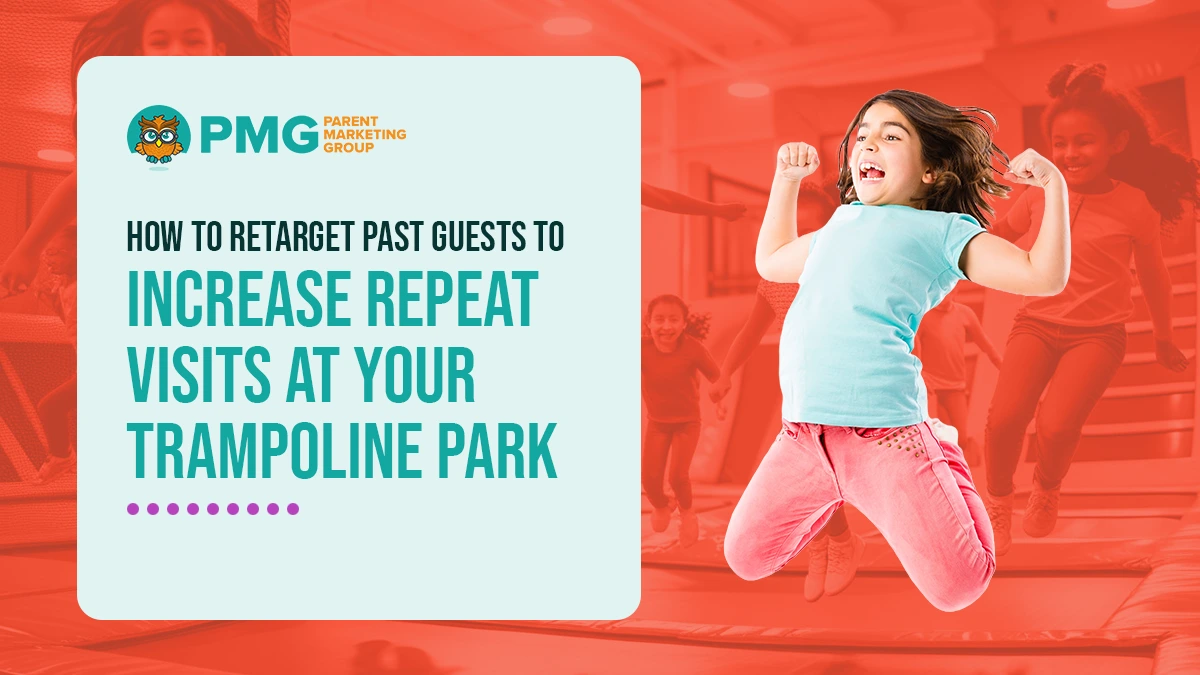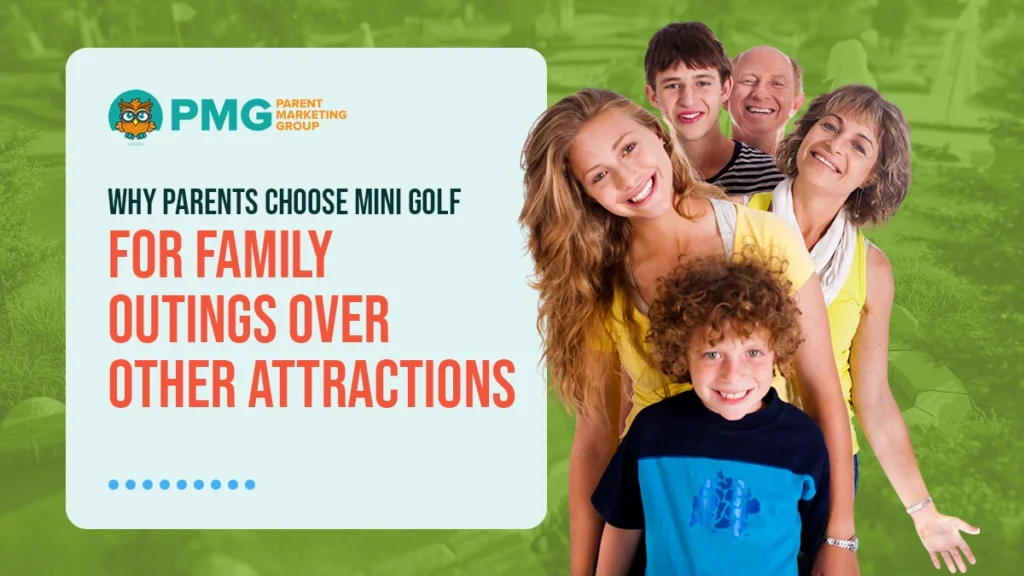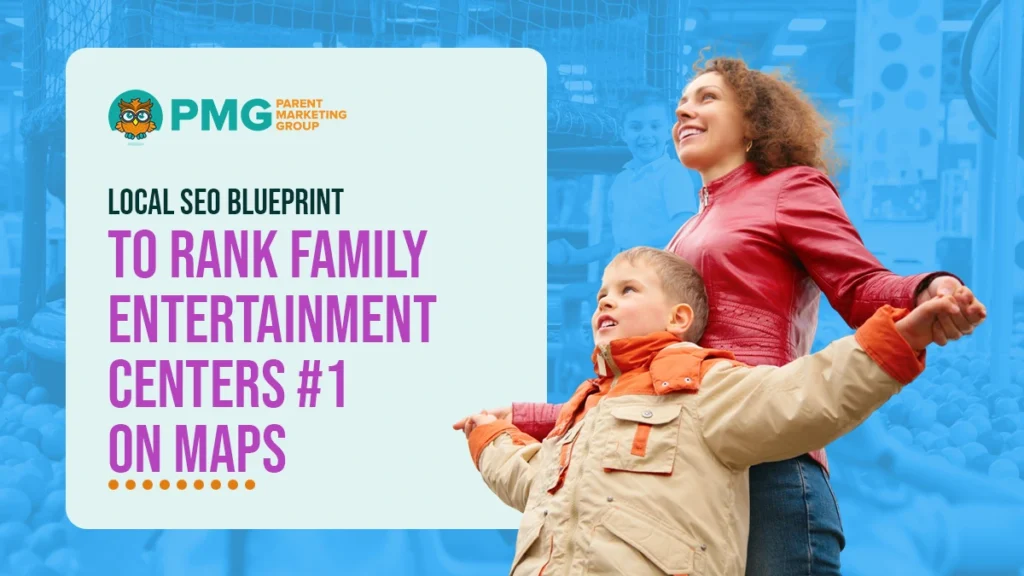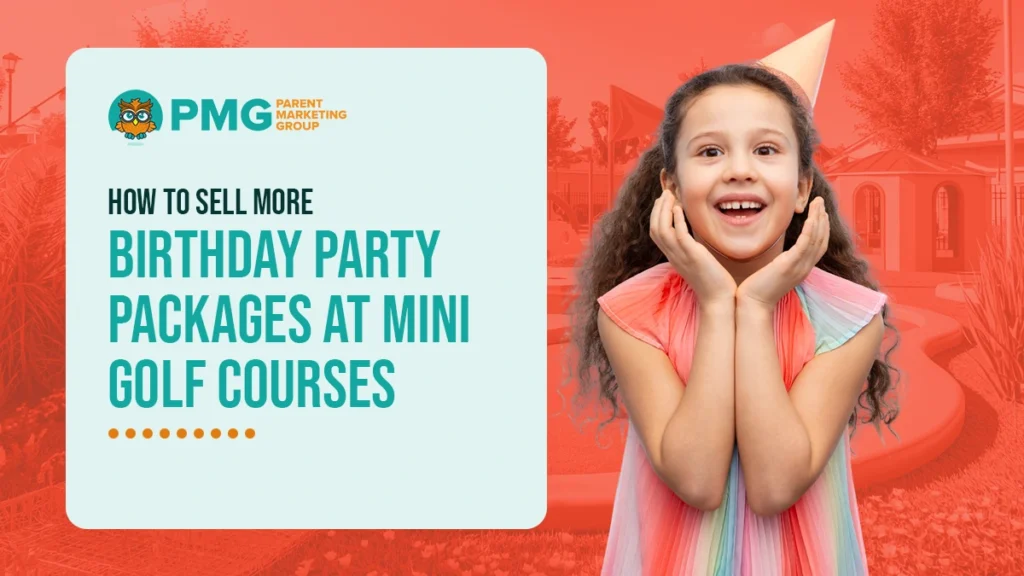Retargeting strategies for trampoline parks are critical in driving repeat business and maintaining customer engagement. Trampoline park operators can effectively remind families of previous positive experiences and prompt future visits by identifying and reaching past visitors through strategic digital channels.
As competition increases within the family entertainment industry, businesses must implement data-driven retargeting efforts that align with guest behavior and seasonal trends. From personalized email campaigns to targeted social media ads, structured follow-up can significantly enhance guest loyalty. This approach maximizes marketing ROI and strengthens community presence and long-term brand recognition.
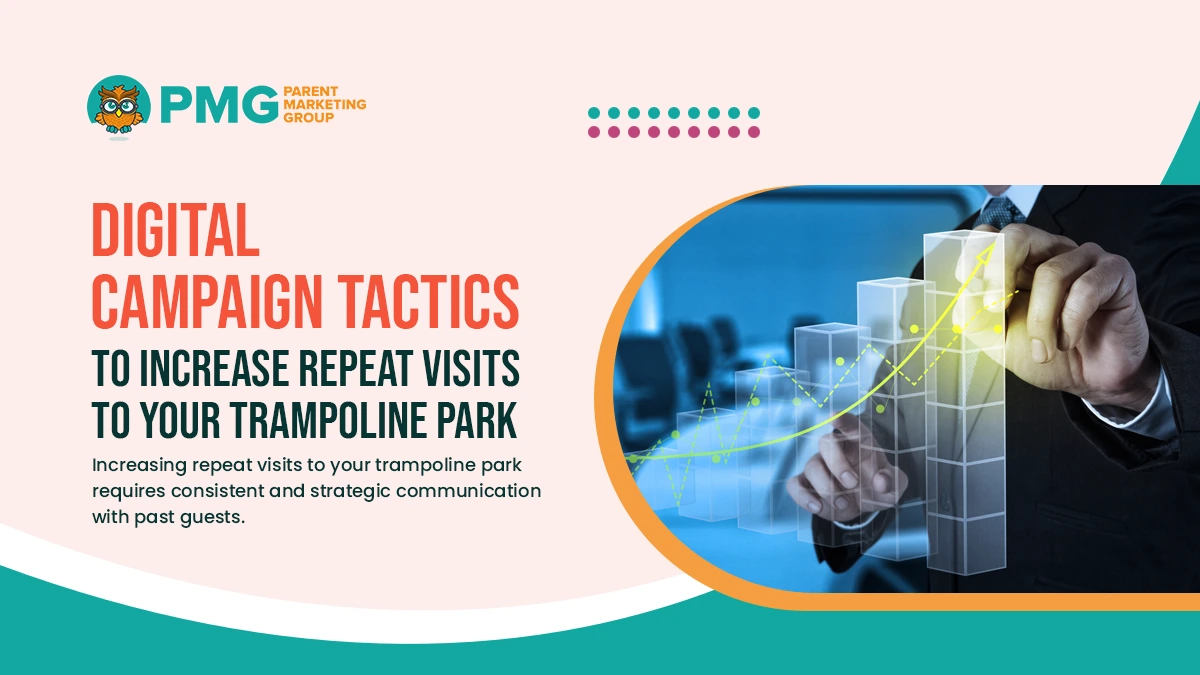 Increasing repeat visits to your trampoline park requires consistent and strategic communication with past guests. Digital campaigns offer a direct way to remind families of their positive experiences and motivate them to return. These efforts should focus on relevance, timing, and personalization.
Increasing repeat visits to your trampoline park requires consistent and strategic communication with past guests. Digital campaigns offer a direct way to remind families of their positive experiences and motivate them to return. These efforts should focus on relevance, timing, and personalization.
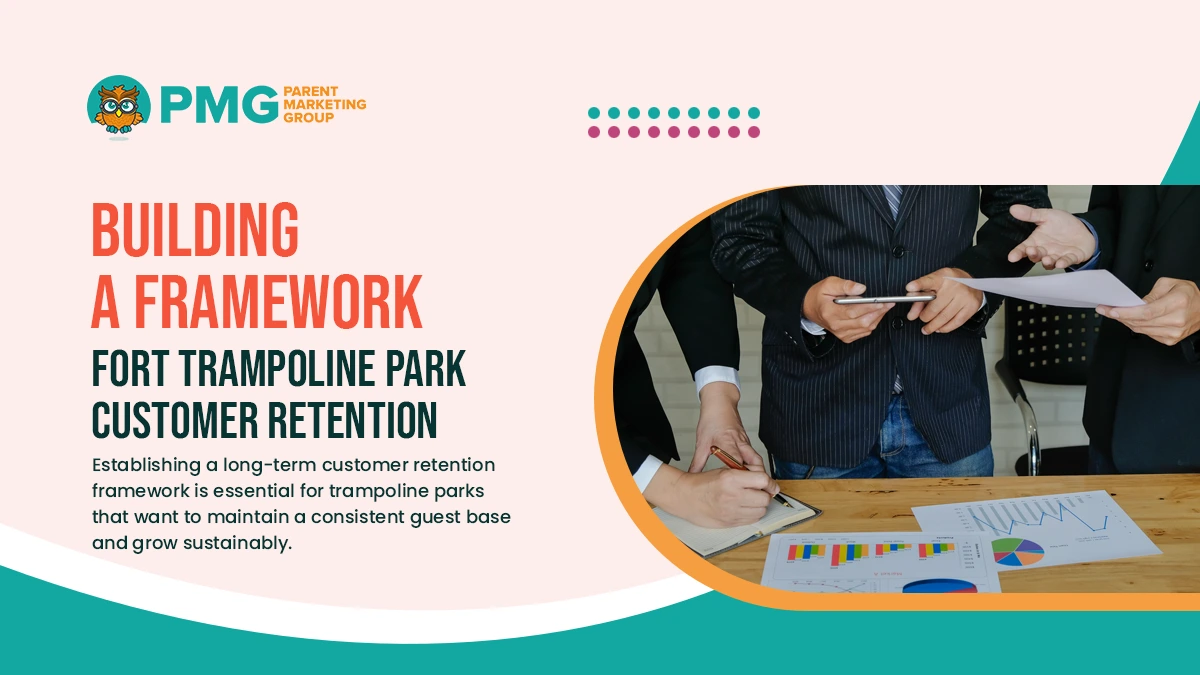 Establishing a long-term customer retention framework is essential for trampoline parks that want to maintain a consistent guest base and grow sustainably. This approach relies on operational consistency and intentional, data-informed outreach that reinforces brand loyalty and trust.
Establishing a long-term customer retention framework is essential for trampoline parks that want to maintain a consistent guest base and grow sustainably. This approach relies on operational consistency and intentional, data-informed outreach that reinforces brand loyalty and trust.
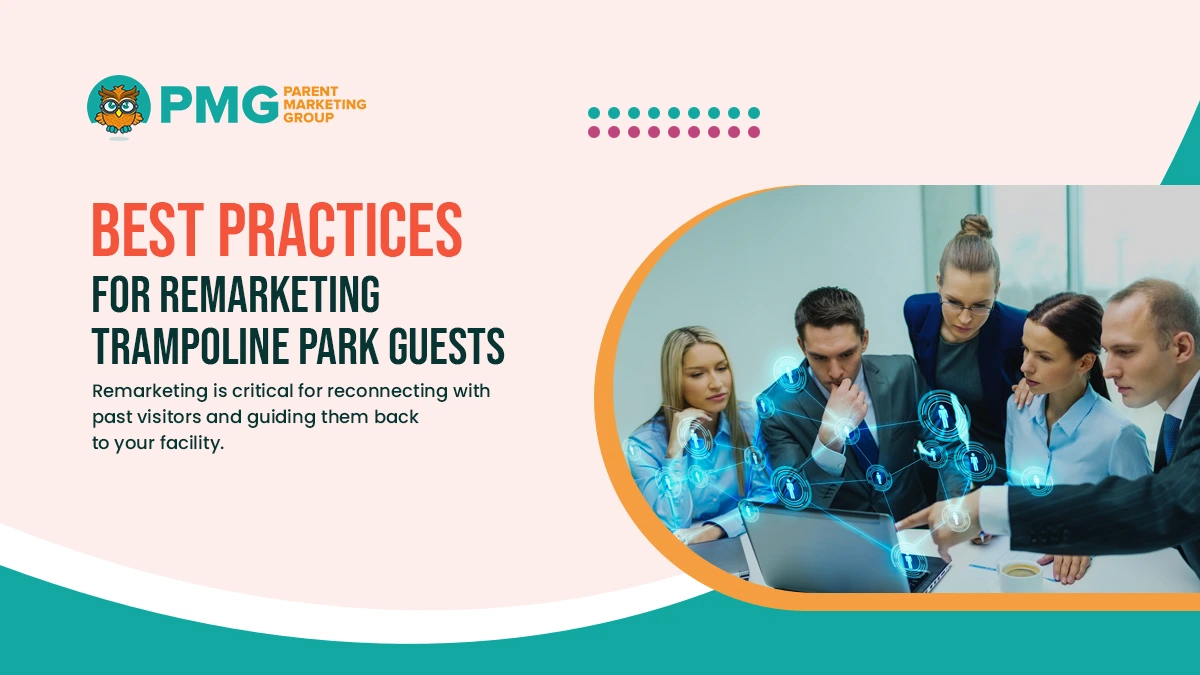 Remarketing is critical for reconnecting with past visitors and guiding them back to your facility. By deploying targeted ads and content across digital platforms, trampoline parks can remind guests of their past experiences and present new reasons to return. The purpose is to stay visible and relevant without overwhelming or alienating your audience.
Remarketing is critical for reconnecting with past visitors and guiding them back to your facility. By deploying targeted ads and content across digital platforms, trampoline parks can remind guests of their past experiences and present new reasons to return. The purpose is to stay visible and relevant without overwhelming or alienating your audience.
Digital Campaign Tactics to Increase Repeat Visits to Your Trampoline Park
 Increasing repeat visits to your trampoline park requires consistent and strategic communication with past guests. Digital campaigns offer a direct way to remind families of their positive experiences and motivate them to return. These efforts should focus on relevance, timing, and personalization.
Increasing repeat visits to your trampoline park requires consistent and strategic communication with past guests. Digital campaigns offer a direct way to remind families of their positive experiences and motivate them to return. These efforts should focus on relevance, timing, and personalization.
Set Up Automated Email Campaigns Based on Guest Behavior
Automated email flows allow trampoline parks to engage former guests without manual follow-up. Triggered by specific actions or timelines, these emails keep your park top-of-mind and encourage return visits through well-placed incentives. Examples of effective email automation triggers include:- First-time visit follow-ups: Send a thank-you message with a return discount.
- Birthday party attendees: Promote referral incentives or sibling discounts.
- Seasonal reminders: Highlight upcoming events or school holiday specials.
- Lapsed visitors (60+ days): Offer limited-time deals to inactive guests.
Use Time-Sensitive Offers to Prompt Action
Urgency drives conversions, especially when communicating with guests who already know your brand. Time-limited promotions encourage immediate decisions and help fill less busy days or times. Examples of time-sensitive offer strategies include:- Flash discounts: “Book within 48 hours and save 20%.”
- Early access promotions: “Get priority booking for our next glow night.”
- Seasonal bundles: “Spring break family pass—available this week only.”
- Limited availability messages: “Only a few slots left for this weekend.”
Segment Your Audience for Targeted Messaging
Segmentation improves message relevance by delivering content based on guest history or preferences. Trampoline parks can use data from booking systems and marketing platforms to build detailed audience profiles. Audience segments may include:- Frequent visitors: Offer loyalty perks or multi-visit packages.
- Birthday party bookers: Promote new party themes or upgrade options.
- School groups or camps: Send advance booking notifications for seasonal events.
- Inactive guests: Share win-back promotions or new attractions.
Building a Framework for Trampoline Park Customer Retention
 Establishing a long-term customer retention framework is essential for trampoline parks that want to maintain a consistent guest base and grow sustainably. This approach relies on operational consistency and intentional, data-informed outreach that reinforces brand loyalty and trust.
Establishing a long-term customer retention framework is essential for trampoline parks that want to maintain a consistent guest base and grow sustainably. This approach relies on operational consistency and intentional, data-informed outreach that reinforces brand loyalty and trust.
Collect and Organize Guest Data Strategically
Strong retention strategies begin with accurate and accessible data. Trampoline parks should implement systems that capture key guest information while maintaining compliance with data privacy standards. Key data points to prioritize include:- Visit frequency: Helps identify loyal versus at-risk customers.
- Email and SMS opt-ins: Enable consistent communication.
- Birthday and event history: Useful for targeted offers and reminders.
- Family size or group type: Supports relevant package recommendations.
Introduce Loyalty Programs with Built-In Automation
Retention improves significantly when customers feel recognized and rewarded. A well-designed loyalty program encourages repeat visits by offering appealing and easy-to-redeem benefits. Components of an effective trampoline park loyalty program:- Point-based rewards: Accrue points per visit or dollar spent.
- Milestone bonuses: Free jump session after five visits.
- Referral incentives: Points or discounts for inviting new families.
- Tiered access: Unlock perks based on usage levels or event participation.
Maintain Consistent Brand Messaging Across Channels
Guests are more likely to return when they experience a cohesive and trustworthy brand presence. Trampoline parks should align their messaging across all digital and physical touchpoints to reinforce recognition and reliability. Brand consistency efforts should include:- Unified tone and visuals: Use the same logos, colors, and language across platforms.
- Clear value propositions: Emphasize safety, fun, and family-centered experiences.
- Timely updates: Post consistent schedules, pricing, and event announcements.
- Responsive communication: Ensure inquiries are addressed promptly and professionally.
Best Practices for Remarketing Trampoline Park Guests
 Remarketing is critical for reconnecting with past visitors and guiding them back to your facility. By deploying targeted ads and content across digital platforms, trampoline parks can remind guests of their past experiences and present new reasons to return. The purpose is to stay visible and relevant without overwhelming or alienating your audience.
Remarketing is critical for reconnecting with past visitors and guiding them back to your facility. By deploying targeted ads and content across digital platforms, trampoline parks can remind guests of their past experiences and present new reasons to return. The purpose is to stay visible and relevant without overwhelming or alienating your audience.
Implement Tracking Tools Across Digital Platforms
The first step in remarketing is to collect relevant user behavior data through tracking tools. These systems allow you to identify previous website visitors and customize ads based on their actions. Key remarketing tools and platforms to utilize include:- Meta Pixel (Facebook/Instagram): Tracks page views and conversions for retargeted ads.
- Google Ads remarketing tag: Targets users on Google Search, Display Network, and YouTube.
- Booking system integrations: Enables tracking of abandoned bookings or session views.
- CRM tracking links: Measures engagement from email and SMS campaigns.
Design Personalized Ads Based on Visitor History
Retargeted ads are most effective when they reflect the specific interests or actions of the guest. Personalization increases the likelihood of engagement and boosts return on ad spend. Ad personalization strategies include:- Dynamic product ads: Display recently viewed ticket options or party packages.
- Seasonal promotions: Target based on time of year or school calendar.
- Event-based messaging: Highlight upcoming family nights or holiday specials.
- Geo-targeted campaigns: Reach local guests with area-specific incentives.
Manage Frequency and Optimize Ad Timing
Retargeting must be managed carefully to avoid ad fatigue or negative brand perception. Balancing exposure ensures that your brand remains visible while respecting user boundaries. Best practices for frequency and timing include:- Cap ad impressions per user: Avoid overexposure within a set timeframe.
- Use exclusion lists: Remove guests who have recently booked or engaged.
- Adjust timing by segment: Shorter intervals for high-interest users, longer for casual browsers.
- Monitor engagement rates: Pause or rotate creative assets based on performance.
Leveraging Booking Data to Personalize Outreach
Booking data provides trampoline parks with a valuable resource for customizing marketing efforts and increasing guest re-engagement. Businesses can tailor communications to meet individual preferences and drive return visits more effectively by analyzing past reservations, visit history, and group details.Target Guests with Timely, Event-Based Messaging
Booking records often include dates related to birthdays, school breaks, or family celebrations. These data points offer timely opportunities to reconnect with guests through well-placed outreach. Examples of event-based personalization include:- Birthday reminders: Send promotions one month before a child’s birthday.
- School break campaigns: Highlight seasonal programs or extended-hour sessions.
- Anniversary offers: Recognize the date of a previous party or group booking.
Recommend Relevant Offers Based on Booking History
Patterns in guest behavior can guide the development of personalized offers. Segmenting audiences by visit type or frequency allows trampoline parks to promote services that align with prior interests. Offer recommendations may include:- Return visit discounts: Target guests who booked open jump sessions.
- Party upgrades: Promote premium packages to previous birthday hosts.
- Family passes: Recommend to those who visited with multiple children.

